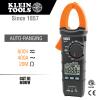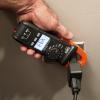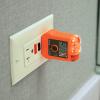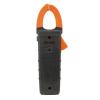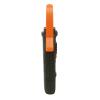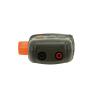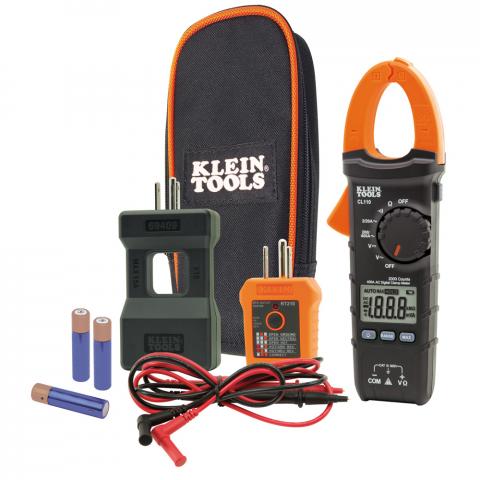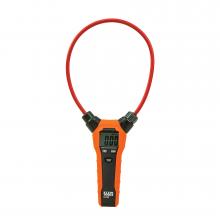Electrical Tester Kit with Clamp Meter and GFCI Outlet Tester
CL110KIT
Clamp Meter measures AC current via the clamp, and AC/DC voltage, resistance and continuity via test leads
GFCI Receptacle Tester detects the most common wiring problems in standard and GFCI receptacles including open group, reverse polarity, open hot, open neutral and hot/ground reversed
Line splitter allows the measuring of current draw up to 15A without splitting the load's power cord
CAT III 600V, Class 2, Double insulation safety rating
AC Auto-Ranging 400 amp digital clamp meter
Backlit display for clear readings
Includes a case, test leads and batteries
Klein Tools Electrical Tester Kit includes the CL110 400A Auto-Ranging Digital Clamp Meter, RT210 GFCI Receptacle Tester and 69409 Line Splitter 10x. The kit allows for easy testing of live circuits and measuring of current and voltage. The kit includes a carrying pouch, test leads and batteries.
Specifications
California residents:
![]() WARNING: Cancer and reproductive harm - See www.P65Warnings.ca.gov for more information.
WARNING: Cancer and reproductive harm - See www.P65Warnings.ca.gov for more information.
Warnings
- Do not attempt to measure resistance or continuity on live circuits.
- Read, understand and follow all instructions, cautions and warnings attached to and /or packed with all test and measurement devices before each use.
- Before each use verify meter operation by measuring a known voltage or current.
- Do not use the meter during electrical storms or in wet weather, and do not use the meter or test leads if they appear to be damaged.

